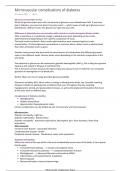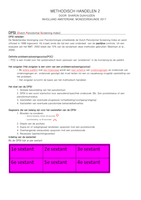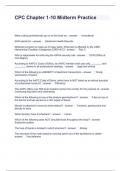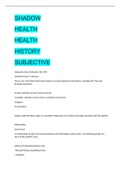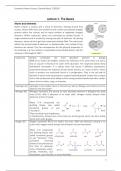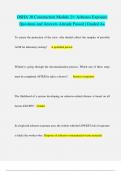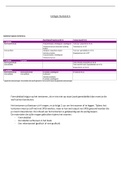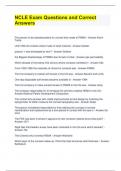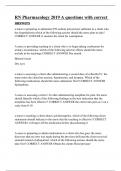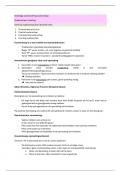College aantekeningen
Microvascular complications of diabetes
- Vak
- Instelling
Elevate your understanding of diabetes management with our detailed lecture notes on microvascular complications! This meticulously organized resource is ideal for students, healthcare professionals, and anyone interested in gaining a deeper insight into the significant health issues associated wit...
[Meer zien]
